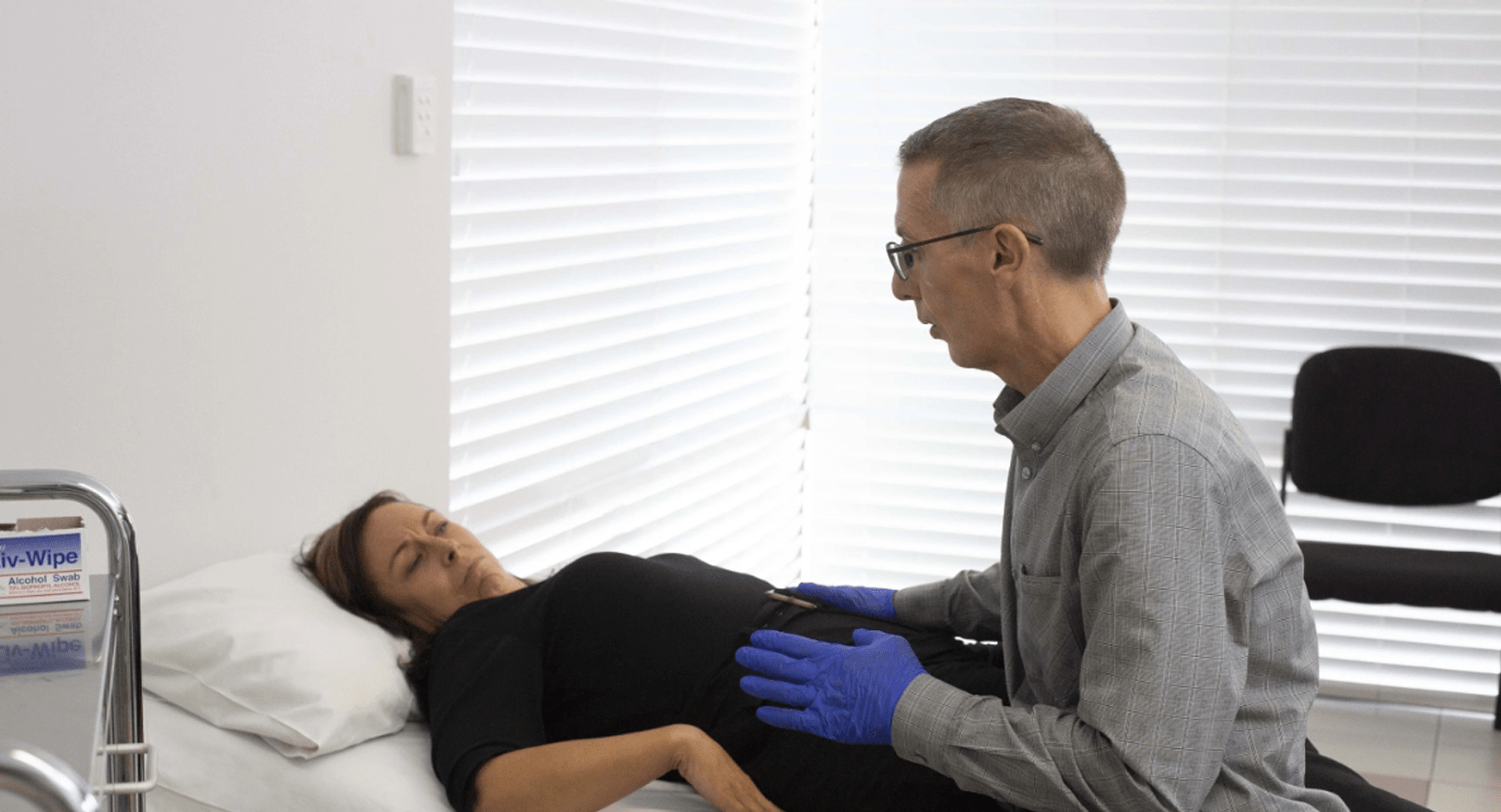Is Now Offering Virtual Appointments
Ask a question or Book an Appointment
Please fill in the online enquiry form to ask a question or book an appointment. We look forward to seeing you soon.
OR CALL TODAY ON
(08) 9246 2314






